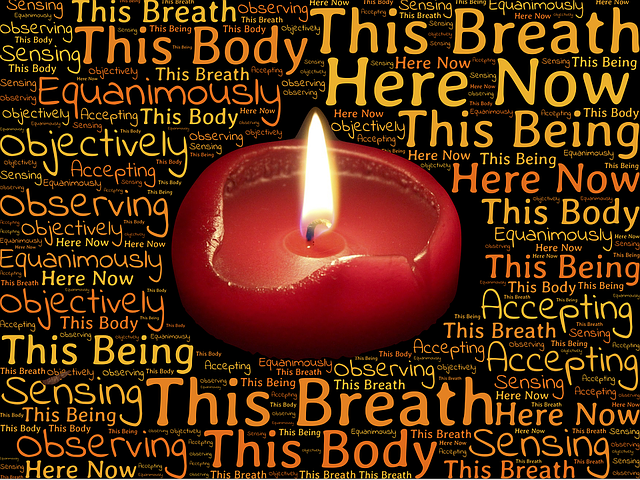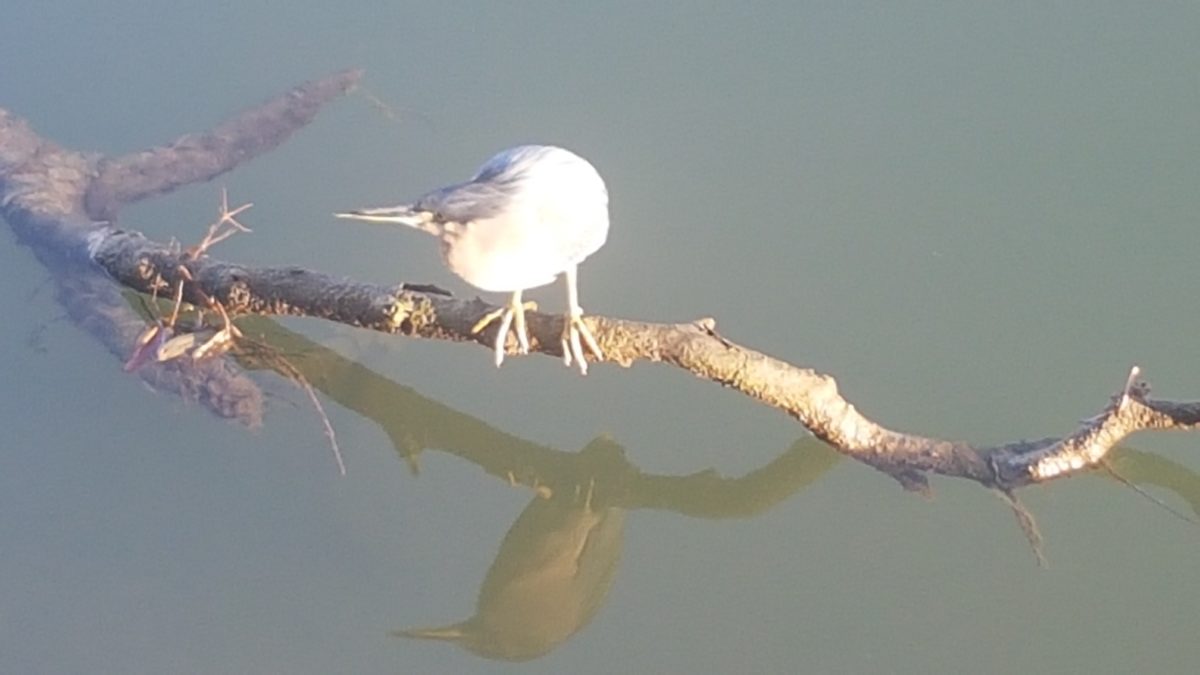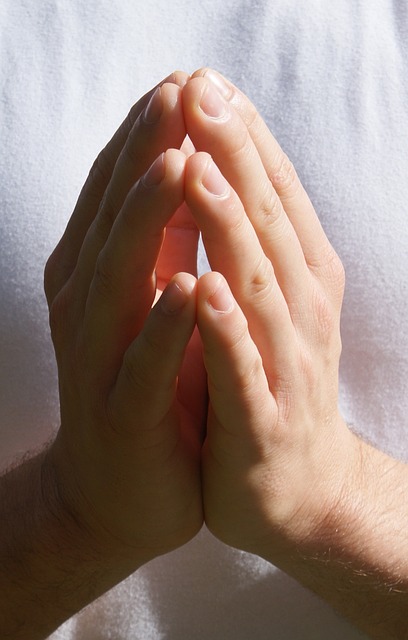Much of the focus in the resources on mindfulness is on ways
to help people who are suffering from conditions that are debilitating such as
mental illness or chronic
pain. Very little of the resources
focus on ways to help carers in their role – ways to manage the physical and
psychological toll of caring for someone else on a constant and extended
basis. Carers are the overlooked group –
forgotten by others and themselves.
Carers: people who care and support others
Carers come in all shapes and sizes – adults looking after ageing parents who may
be suffering from Alzheimer’s disease; siblings caring for a family member who
has a mental health condition such as schizophrenia, anxiety or depression; or
anyone caring for someone suffering from a physical condition such as
paraplegia, chronic pain or cancer.
According to Carers
Australia, carers are people who provide unpaid care and
support to family members and friends who have a disability, mental illness,
chronic condition, terminal illness, an alcohol or other drug issue or who are
frail aged.
The toll of caring
The “burden of care” can be felt both physically and psychologically. The physical toll for carers can be excessive
– they can become exhausted and/or accident-prone, suffer from sleep disorders
or experience bodily symptoms of stress such as irritable bowel syndrome, chronic fatigue
or related conditions like fibromyalgia. The physical toll of caring can be
experienced as cumulative stress and lead to chronic conditions that adversely
affect the carer’s long-term health.
The psychological toll of caring can also be cumulative in nature and extremely variable in its impact. Carers can experience negative emotions such as resentment or anger, despite their compassion towards the person who is being cared for. They can become extremely frustrated over the paucity of time available for themselves, the opportunity cost in terms of inability to travel or to be away for any length of time, the lack of freedom (feeling tied down), the lack of improvement in the condition of the person being cared for or the financial impost of caring (preventing desired savings/purchases or home improvements).
Carers do not have inexhaustible personal resources –
physical, psychological and financial.
They can suffer from compassion
fatigue which can be hastened by emotional
contagion resulting from close observation of, and identification with, the
pain of a loved one. Hence, carers can
experience depression, anxiety or grief – reflecting the emotional state of
their loved ones who are suffering.
The toll on carers has been the subject of extensive
research. For example, Emma Stein
studied the psychological impact on older
female carers engaged in informal aged care. Sally Savage and Susan Bailey reviewed the
literature on the mental
health impact on the carer of their caregiving role and found that the
impact was highly variable and moderated by factors such as the relationship
between caregiver and receiver and the level of social support for the carer.
Being mindful of your needs as a carer
The fundamental problem is that carers become so
other-focused that they overlook their own needs – their need for rest, time
away, relaxation and enjoyment. Normal
needs can become intensified by the burden of care and the associated physical
and psychological stressors. Carers tend
to neglect their own needs in the service of others. However, in the process, they endanger their
own mental and physical health and, potentially, inhibit their capacity to
sustain quality care.
Carers can inform themselves of the inherent physical and psychological consequences of being a caregiver, particularly if this involves intensive, long-term caring of a close loved one (where feelings are heightened, and the personal costs intensified). Mental Health Carers Australia highlights the fact that people who care for someone with a mental health illness are increasingly at risk of “developing a mental illness themselves”.
Self-care for the carer
One of the more effective ways that carers can look after themselves is to draw on support networks – whether they involve family, colleagues or friends; broad social networks; or specific networks designed for carers. Arafmi, for example, provides carer support for caregivers of people with a mental illness and their services include a 24-hour carer helpline, carers forum, blog, educational resources, workshops and carer support groups. Carers Queensland provides broader-based carer resources and support groups.
Carers tend to go it alone, not wanting to burden others with “their” problem(s). They are inclined to refuse help from others when it is offered because of embarrassment, fear of dependency, concern for the other person offering help, inability to “let go” or any other inhibiting emotion or thought pattern – in the process, they may stop themselves from sharing the load.
Carers could seek professional help from qualified professionals such as medical doctors or psychologists if they notice that they are experiencing physical or psychological symptoms resulting from carer stress.
Mindfulness for carers
Carers can use mindfulness practices, reflection and
meditation to help them cope with the physical and emotional stresses of
caregiving. Specific meditations can
address negative
feelings, especially those of resentment and the associated guilt. Mindfulness practices can introduce processes
that enable the carer to wind down and relax – such as mindful
breathing, mindful walking, mindful eating or using awareness as the default
when caught up with “waiting”
(a constant companion of the carer role).
Carers can employ techniques such as body scan to
relax their bodies and release physical tension. Deep, conscious breathing can also
help in times of intense stress such as when experiencing panic. For people who
are religious, prayer can help to provide calm and hope.
Dr. Chris Walsh (mindfulness.org.au),
offers a simple mindfulness exercise for self-care by carers in
his website article, Caring for
Carers. The exercise
involves focusing, re-centering, imagining and noticing (thoughts, feelings and
bodily sensations).
As carers grow in mindfulness, they can become more aware of the stress they are under and the physical and psychological toll involved. This growing awareness can lead to effective self-care through social and professional support and meditation and/or mindfulness practices. Mindfulness can help carers develop resilience and calmness in the face of their stressful caregiver role.
____________________________________________
Image by Sabine van Erp from Pixabay
By Ron Passfield – Copyright (Creative Commons license, Attribution–Non Commercial–No Derivatives)
Disclosure: If you purchase a product through this site, I may earn a commission which will help to pay for the site, the associated Meetup group and the resources to support the blog.









